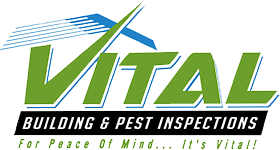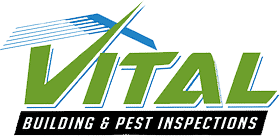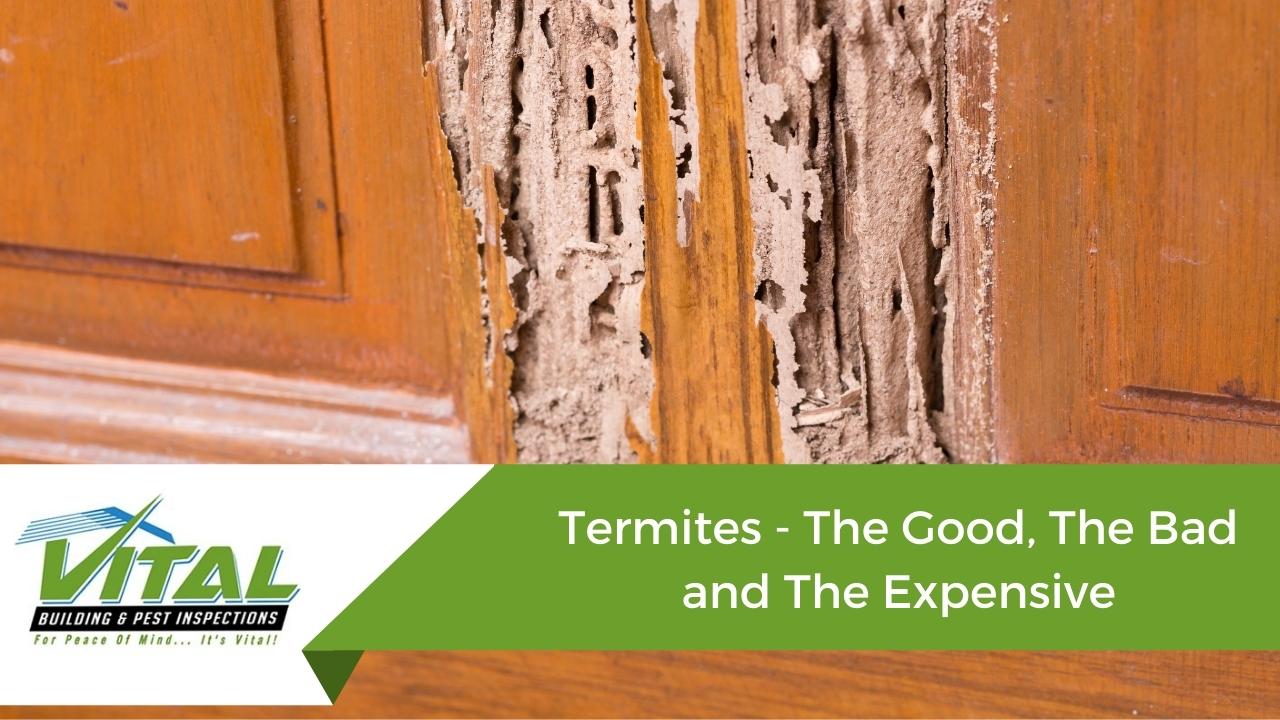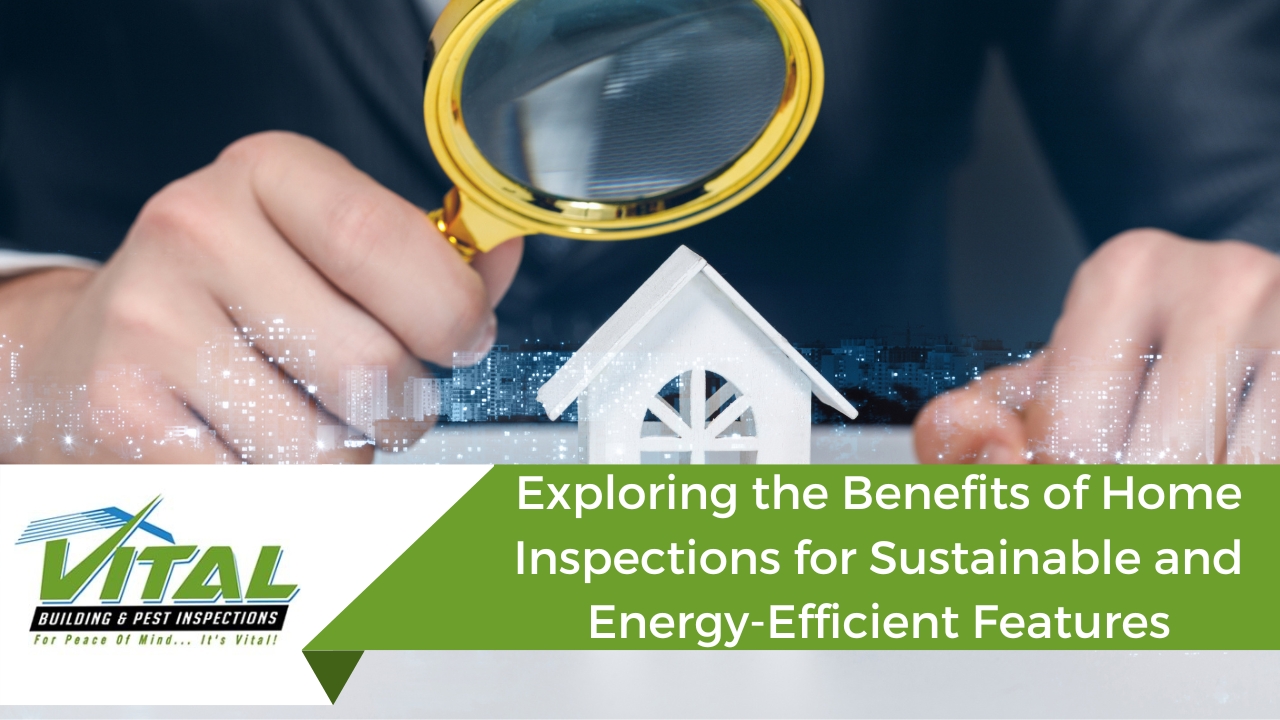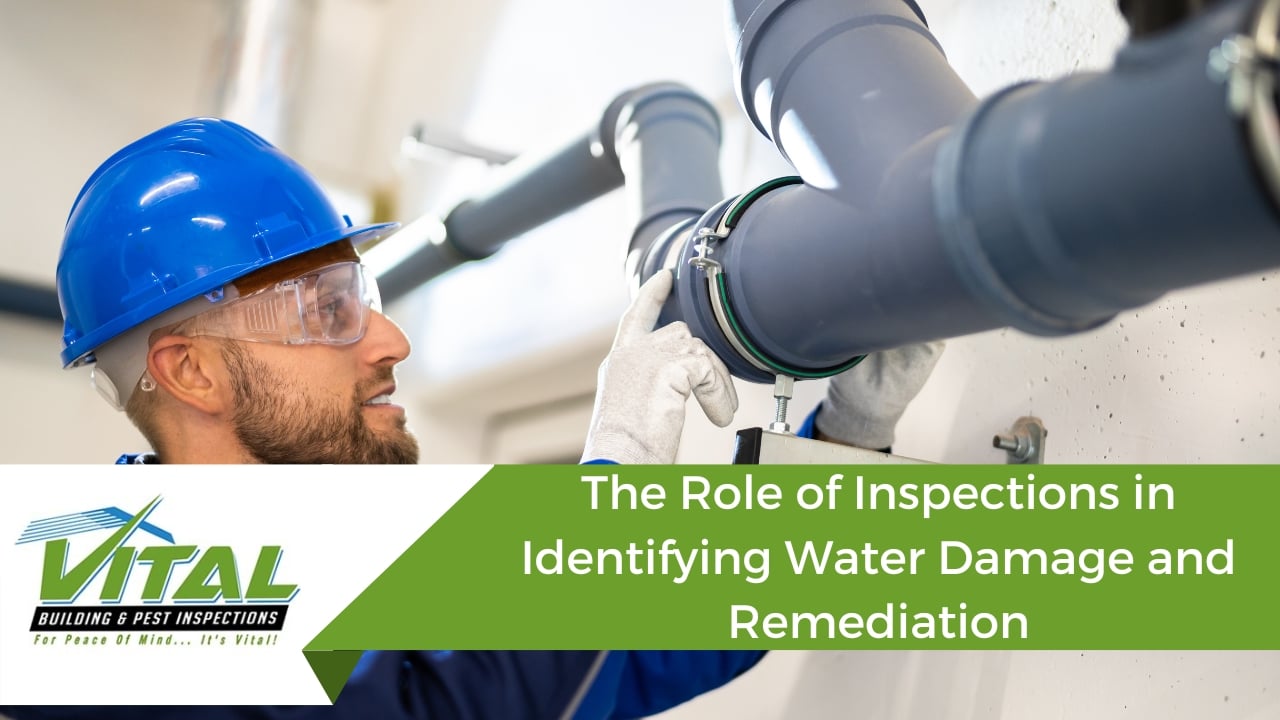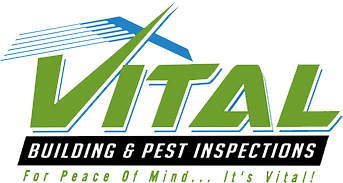Everything you need to know about different White and species and how to combat them
Did you know that whilst termites look very similar to ants, they are more closely related to cockroaches? Similarly, both species have swarmers who can fly and have two pairs of wings.
White ants, or termites, are small insects with soft, grey, brown, or white bodies with over 300 species in Australia alone. While many people see termites as a pest, unless something attracts them to your property, they will mostly mind their own business in the bushlands, creating new soil from eating grass, wood, or rotting organic matter.
Most common NSW suburban termites
Coptotermes Acinaciformis
Coptotermes Acinaciformis (Subterranean Termite) is one of the most common termites throughout Australia and are a subterranean species. They commonly build their nests at the base of tree trunks or underground with passages that extend up to 50m from the nest allowing workers to access other sources of wood to feed on.
These termites will commonly create subsidiary nests in moist places such as a wall cavity with a leaking pipe. If you’re building, make sure to collect all bits of extra wood as one of their favourite nesting sites is pieces of timber buried in moist soil.
Coptotermes frenchi
Coptotermes frenchi (Australian Subterranean Termite) is one of Australia’s subterranean species which lives in a communal nest in the root crown of eucalyptus trees. They are timider and less aggressive than the C. Acinaciformis but, likewise, is known to damage structural timbers of buildings, poles, and fence posts. They hollow out the interior whilst leaving a thin layer of “sound” timber behind.

Cryptotermes Brevi
Cryptotermes Brevis (West Indian Dry-Wood Termite/ Powderpost Termite) is a species of termite able to live completely inside timber structures or articles made of wood without any outside source of water. They are frequently brought into new locations unknowingly.
West Indian Dry-Wood Termites can cause significant damage and several colonies can coexist together. Their damage is perhaps one of the most easily recognised as they excavate galleries throughout the timber leaving a thin veneer of surface wood intact. As the infestation worsens, the object may bulge, or blister and small holes appear where they push out their faecal pellets.
Heterotermes ferox
Heterotermes ferox is perhaps one of Australia’s most well spread termite species thriving in urban areas, especially where eucalypt gum trees are highly prevalent. Their nests can be typically found next to stumps, logs, or other timber in direct contact with the soil where wood decay and rotting is most prevalent. They are, however, not as destructive as the Coptotermes Acinaciformisdescribed above.
Microcerotermes turneri
Microcerotermes turneri have medium sized colonies and are considered a minor pest due to their feeding on already decayed or weather damaged posts, fences, and other timber structures. They are commonly found from tropical north Queensland to Sydney, NSW.
Nasutitermes exitiosus
Nasutitermes exitiosus are a snouted termite species common in Canberra and parts of NSW, nesting in soil, and go through an incomplete metamorphosis – egg, nymph, and adult. They create their colonies in urban areas, and much like other species of termites, they love to be near eucalyptus trees. Their mounds can be up to 100cm wide and appear 30-75cm above ground. If they make it inside a home, they enjoy being in wall cavities or under the floors. They prefer sapwood but will attack hardwood, traveling up to 50m for food.
Nasutitermes walkeri
Nasutitermes walkeri love to live in trees and are commonly referred to as the Tree Termite. They will initially establish the nest at sites where there is damage to the timber from fire or decay, before establishing a more substantial nest higher up with a thin, papery surface on the outside. While they can be a pest feeding on building timber, they are more commonly found on ironbark and stringybark trees which are often taken over as nesting sites for kingfishers.
Porotermes adamsoni
Porotermes adamsoni (Dampwood Termite) is native to eastern Australia and Tasmania and found as far as 300km inland. As their name suggests, they can be found in moist, decaying wood in forests, landscaping timbers in gardens, tree stumps, railroad ties, gardens, fences, and buildings. Ensuring that your building timbers are not in contact with the ground and are well ventilated are good ways to discourage these termites from taking up residence.
Schedorhinotermes intermediu
Schedorhinotermes intermedius lives from south-eastern Queensland to south of Sydney, mostly along the coastline. While they do tend to build their nests in tree stumps, they have become a serious pest of timber from buried wood, under properties, under filled-in verandas, and in the ground under fireplaces. Their nests are underground and due to the multi-site practice, may be difficult to locate, and have thus become the second in economic pest status here in Australia.

Fun Termite facts
- Termites are rich in iron, calcium, protein, fatty and amino acids which make them a highly nutritious food.
- They never sleep and work on their colonies 24/7.
- The largest termite colony on record was made up of over three million termites.
- Ants and termites have been at war over territory and access to food for as long as we know.
- Termites don’t always build underground, some build up to 9m tall mounds, some build in trees.
- Termites live in a caste system with each caste having its own role from Queen and King to workers and soldiers, to swarmers who are potential kings and queens sent out to find new homes.
- Termites are important in nutrient recycling, habitat creation, soil formation and quality.
- Termites assist the soil in its ability to store water and are good for the country, but sadly unwelcome in backyards.
- Termites have been used to find minerals such as diamonds and gold.
- Not all termites eat wood.
How to minimise the risk of termites
It isn’t often that someone will notice they have termites in their home unless a termite inspection has been done or there is extensive damage. By ensuring timber pergolas, veranda decks, and steps are not in contact with the ground you can prevent them from becoming moist and thus being a tasty treat for termites. Other helpful ways to prevent termite infestations include:
- Not planting trees, shrubs, or vines against buildings.
- Avoid piling soil or timber against external walls for slab foundations.
- Inspect stump or brick pier ‘ant’ caps regularly for breaches whilst also making sure no flooring timbers are touching the ground.
- Keep timber debris out from under the house.
- Store timber in a dry, well-ventilated location away from the house.
- Ensure all suspended floors have good ventilation.
- Fix leaking water pipes ASAP to avoid encouraging termites to move in.
- NEVER disturb suspected termite activity, this can make them move elsewhere and thus make it difficult to find and eradicate.


What to do in case of a white ant infestation
If you see any of the following contact Vital Pest Inspections on 0401012074, to save your home before the damage gets worse.
- Mud tubes (used by termites to reach a food source) on the exterior of the home.
- Soft wood in the home that sounds hollow when tapped.
- Darkening or blistering of wood structures.
- Uneven or bubbling paint.
- Small piles of faeces that resembles sawdust near a termite nest.
- Discarded wings near doors or on windowsills indicating swarmers have entered the home.
Feel free to complete our online enquiry form to get your FREE quote now or email us at support@vitalbuildinginspection.com.au and we will be glad to help you.
